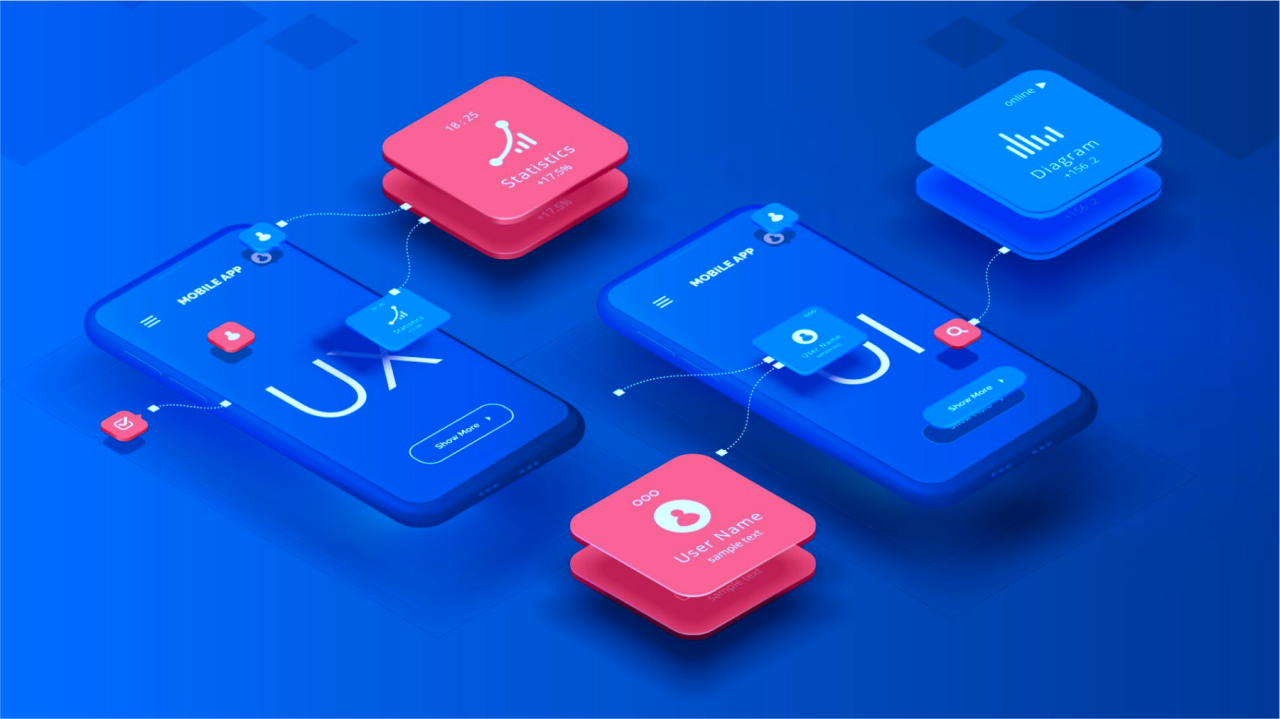Description
Introduction of UI/UX Design Fundamentals
This course is designed to introduce participants to the essential principles and practices of UI/UX design, focusing on creating user-centered digital interfaces. It covers the core concepts of user experience (UX) and user interface (UI) design, guiding learners through the process of designing intuitive, accessible, and aesthetically pleasing interfaces. By understanding user needs and behaviors, participants will learn how to create digital experiences that are both functional and enjoyable, applying best practices in usability, interaction design, and visual aesthetics.
Prerequisites of UI/UX
- Basic knowledge of design principles or graphic design is helpful but not required.
- Familiarity with any design software (such as Adobe XD, Figma, or Sketch) is beneficial but not mandatory.
- No prior coding or technical skills are required.
Table of Content:
1: Introduction to UI/UX Design
1.1 What is UI/UX Design?
1.2 The Difference Between UI and UX
1.3 The Importance of User-Centered Design
1.4 Overview of the Design Thinking Process
2: Understanding Users
2.1 User Research Methods: Interviews, Surveys, and Personas
2.2 Defining User Needs and Pain Points
2.3 Creating User Personas and Empathy Maps
2.4 Conducting Competitive Analysis(Ref: UI/UX Testing Fundamentals: Ensuring Quality User Experiences )
3: Information Architecture and Wireframing
3.1 Basics of Information Architecture
3.2 Designing User Flows and Sitemaps
3.3 Introduction to Wireframing: Low-Fidelity vs. High-Fidelity Wireframes
3.4 Tools for Wireframing (Figma, Sketch, Adobe XD)
4: Interaction Design Principles
4.1 Principles of Interaction Design
4.2 Designing for Usability: Heuristics and Guidelines
4.3 Creating Intuitive Navigation and Layouts
4.4 Micro-Interactions and Animation in UI Design
5: Visual Design in UI
5.1 The Role of Visual Design in UI
5.2 Typography, Color Theory, and Iconography
5.3 Consistency in Visual Elements and Branding
5.4 Designing for Accessibility: WCAG Guidelines
6: Prototyping and Usability Testing
6.1 Creating Interactive Prototypes
6.2 Tools for Prototyping (Figma, InVision, Adobe XD)
6.3 Conducting Usability Tests
6.4 Analyzing User Feedback and Iterating on Design
7: Responsive and Adaptive Design
7.1 Designing for Multiple Devices: Mobile, Tablet, and Desktop
7.2 Differences Between Responsive and Adaptive Design
7.3 Best Practices for Responsive UI
8: Collaboration and Design Handoff
8.1 Working with Developers: Design Handoff Best Practices
8.2 Using Tools like Zeplin or Figma for Collaboration
8.3 Documenting Design Specifications
9: Case Studies and Real-World Applications
9.1 Review of Successful UI/UX Design Projects(Ref: Advanced UI/UX Design: Enhancing User Engagement)
9.2 Applying Lessons Learned to Personal Projects
9.3 Creating a Portfolio-Ready Project
10: Conclusion and Next Steps of UI/UX Design Fundamentals
10.1 Review of Key Concepts and Best Practices
10.2 Further Learning Resources in UI/UX
10.3 Preparing for Advanced UI/UX Courses or Certification







Reviews
There are no reviews yet.